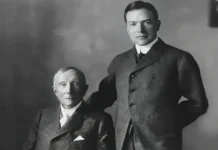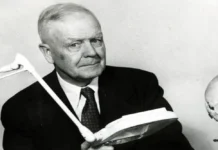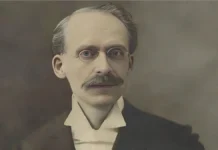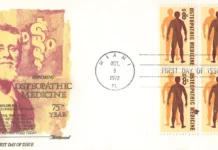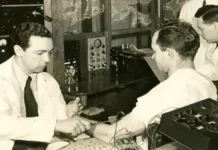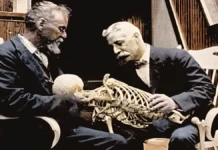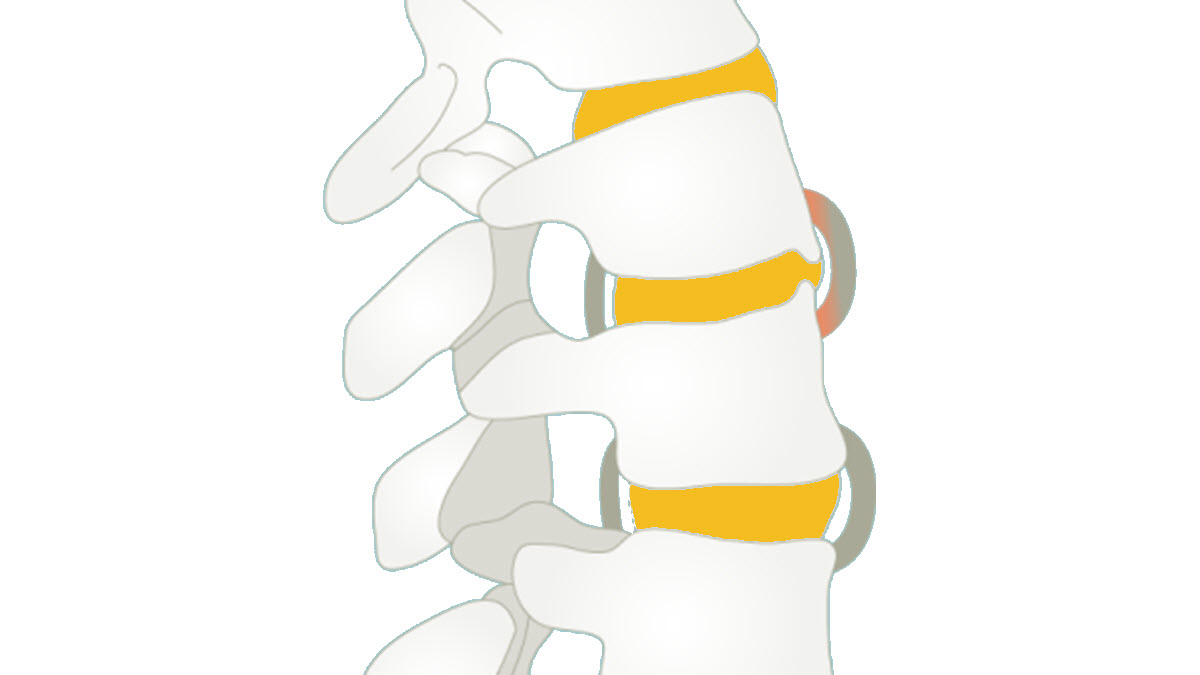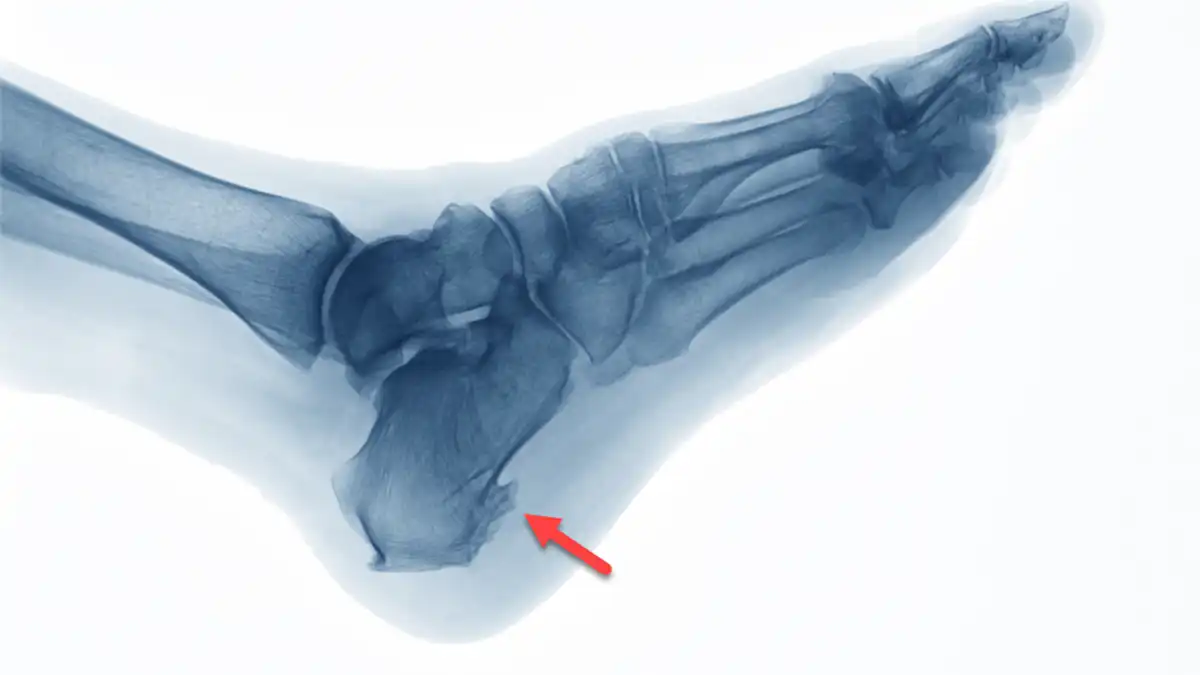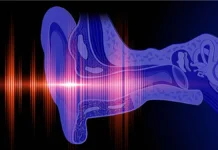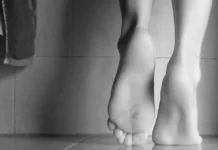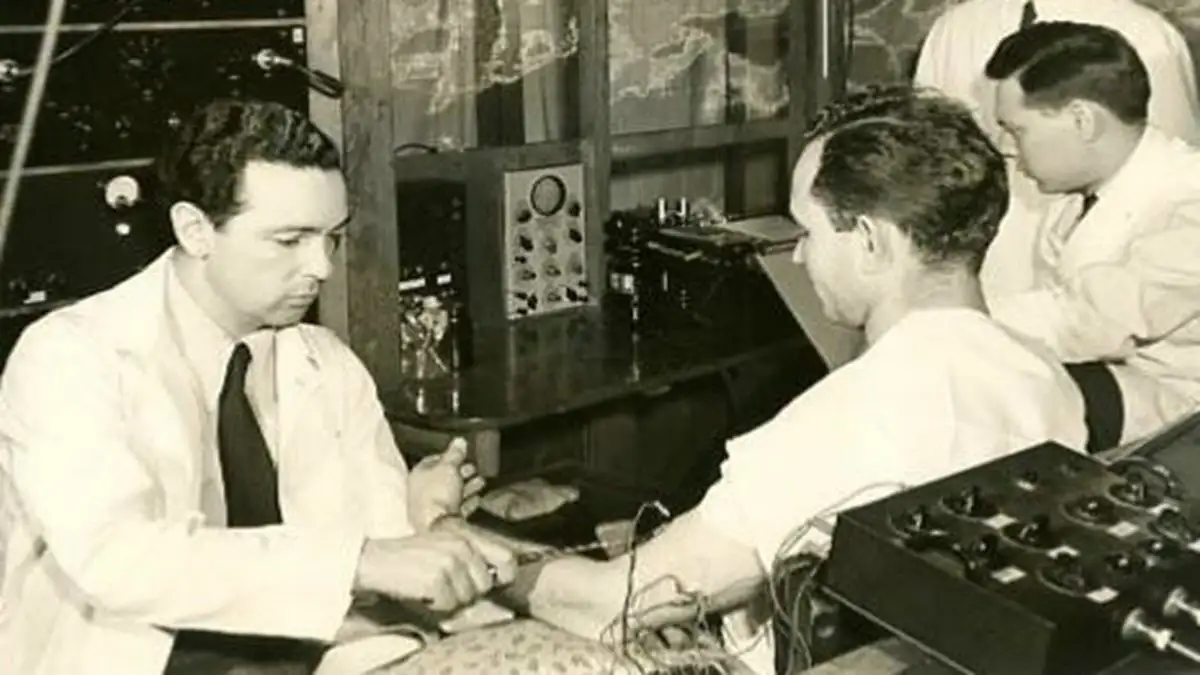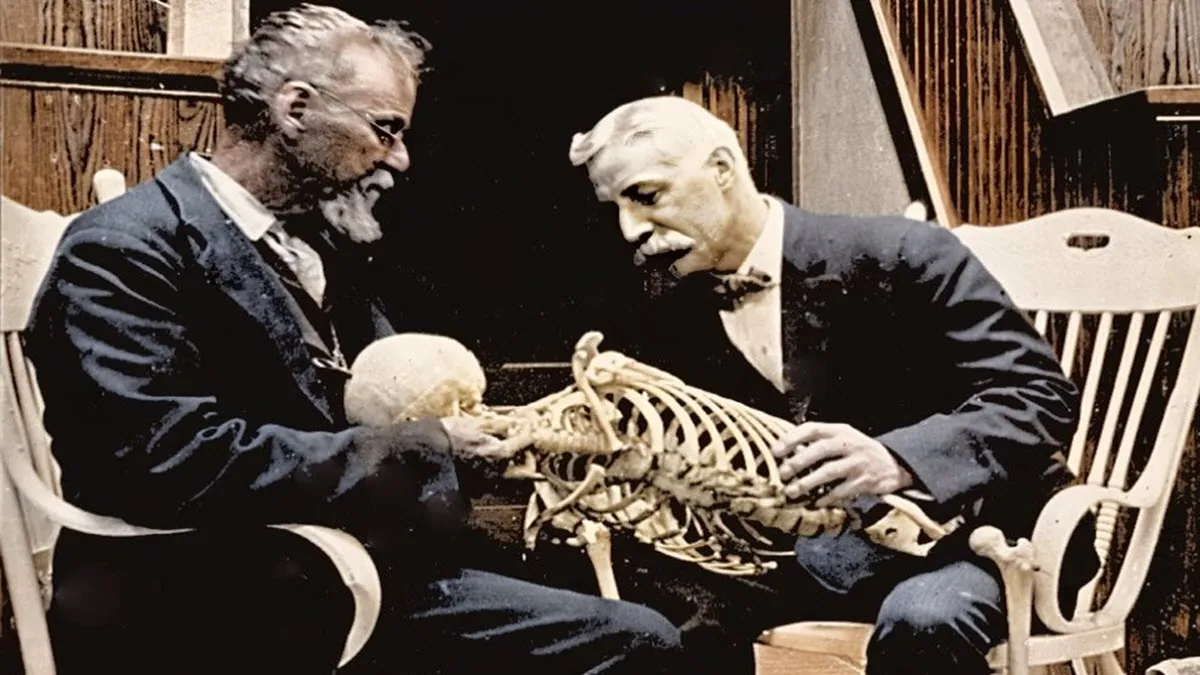Forged in Adversity: The Impact of World Wars on Osteopathic Medicine in the United States
The discriminatory treatment experienced by osteopathic physicians (DOs) during World War I and World War II epitomized a deeply ingrained bias within the US government and medical community. Despite possessing equivalent qualifications and a shared commitment to healthcare, DOs were unjustly deprived of the same opportunities afforded to allopathic physicians. This prejudiced stance significantly undermined their ability to serve their country during critical periods of conflict, reflecting a broader societal reluctance to recognize the legitimacy of osteopathic medicine.
In the face of adversity, DOs found themselves marginalized, their skills and expertise disregarded solely based on the letters after their names. Despite concerted efforts to gain acceptance, including reforms to examination processes, they were systematically excluded from military service. This exclusion not only thwarted their patriotic fervor but also hindered their professional development and ability to contribute meaningfully to the war effort.
However, from this crucible of discrimination emerged a resilient spirit within the osteopathic community. Instead of succumbing to defeat, DOs used this adversity as a catalyst for change. They rallied together, determined to prove their worth and challenge the status quo. This period of struggle and resistance ultimately led to profound transformations within osteopathic medicine.
As the profession faced external scrutiny and internal reflection, it underwent significant advancements in education and training. DOs doubled down on their commitment to excellence, refining their skills and embracing evidence-based practices. Moreover, the relentless pursuit of legitimacy sparked a broader conversation about the role of osteopathy in healthcare, leading to increased public acceptance and recognition.
While the scars of discrimination lingered, they also served as a reminder of the resilience and determination of the osteopathic community. Through perseverance and unwavering dedication, DOs not only weathered the storm of prejudice but emerged stronger and more united. Today, their contributions to healthcare stand as a testament to their enduring legacy and unwavering commitment to healing, regardless of the obstacles in their path.
In August 1917, Dr. Oscar Arthur Dietrich, a DO, sought to serve his country in the Medical Reserve Corps but was denied commission due to his osteopathic training. This denial was emblematic of the systemic discrimination faced by DOs seeking to contribute to the war effort. Despite the American Osteopathic Association’s advocacy, led by the likes of Dr. William Gorgas, MD, the surgeon general of the US Army, DOs were consistently barred from military service, facing unequal treatment compared to their allopathic counterparts.
The refusal to accept DOs into military service during World War I and World War II sparked a transformative period for osteopathic medicine. The injustice faced by DOs fueled a determination within the profession to challenge existing norms and gain recognition. Through the use of primary documents, including military memorandums and congressional testimonies, the author highlights the uphill battle fought by DOs for legal and social equality.
During World War I, DOs were denied the same privileges as MDs under the Selective Service Act of 1917, leading to a decrease in osteopathic medical school enrollment as students left for war. The Medical Corps of the US War Department also refused licensed DOs the opportunity to take examinations required for military commission, further perpetuating their exclusion from service.
However, despite these challenges, the refusal to accept DOs into military service acted as a catalyst for change within the profession. It spurred a reevaluation of osteopathic medicine’s role in healthcare and led to advancements in education, research, and public acceptance. Over time, the profession experienced dramatic growth, with increased recognition of the value and contributions of DOs to the medical field
Overcoming Adversity: The Evolution of Osteopathic Medicine in the Face of Military Exclusion
The exclusion of osteopathic physicians (DOs) from military service during both World War I and World War II marked a challenging period for the profession. Despite their qualifications and aspirations to serve, DOs faced systemic discrimination, which not only denied them opportunities for military service but also tested their resolve and spurred transformative changes within the field of osteopathic medicine.
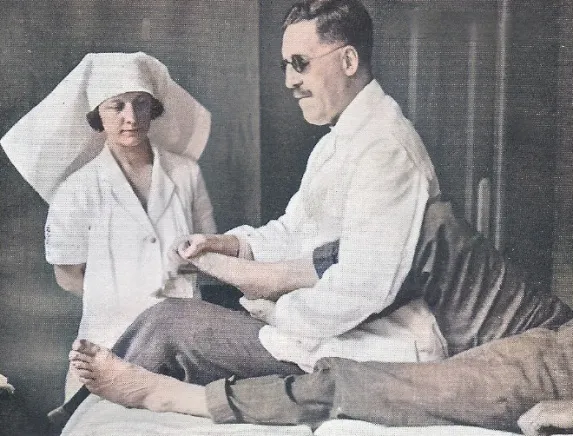
Throughout World War I, DOs faced formidable barriers in their quest to join the military ranks. Despite successfully passing commission examinations, they found themselves barred from receiving commissions solely based on their osteopathic credentials. This discriminatory practice stood in stark contradiction to President Woodrow Wilson’s plea for citizens to offer their services in alignment with their training and expertise. In an effort to rectify this injustice, representatives from the American Osteopathic Association (AOA), led by figures like Dr. George A. Still and Dr. G.W. Riley, presented compelling testimony before Congress, advocating vehemently for equal examination and commission privileges for DOs. Despite achieving some measure of success, including securing inclusion in the medical student exemption law and gaining parity in examination rights, DOs continued to confront systematic exclusion from the esteemed Medical Corps.
The refusal to commission DOs into the Medical Corps persisted even as 25 qualified osteopathic physicians passed the army medical examinations with excellent grades. Surgeon General Gorgas and the Secretary of War maintained that only holders of MD degrees were eligible for commission, disregarding President Theodore Roosevelt’s support for osteopathic physicians. This stance persisted for decades, reinforcing the government’s distrust of physicians with osteopathic degrees and perpetuating DOs’ exclusion from military service.
Despite the setback of World War I, DOs remained resolute in their commitment to the profession and to serving their country. The denial of military service served as a catalyst for growth and organizational development within the AOA and among DOs nationwide. United in their cause, they built a solid foundation for the profession, setting the stage for future advancements and challenges.
World War II brought further challenges for DOs, as they were still barred from voluntary service in the medical branch of the military. However, this continued exclusion spurred legislative and educational reforms that propelled the growth and professionalization of osteopathic medicine. The resilience and determination of DOs in the face of adversity laid the groundwork for the profession’s evolution into the framework it occupies today.
Osteopathic Medicine’s Vital Role in World War II: Overcoming Exclusion and Driving Advancements
“World War II placed immense strain on the American healthcare system, exacerbated by a shortage of physicians. Osteopathic physicians (DOs), despite being initially sidelined from military service, seized this moment as a catalyst for the evolution and prominence of osteopathic medicine. Their resilience and dedication filled the gaps left by traditional allopathic practitioners, reshaping the landscape of healthcare during wartime.”
As preparations for war intensified in 1941, President Franklin D. Roosevelt tasked the War Department with estimating the necessary troop strength, including the required number of physicians. With approximately 45,000 physicians serving a defense force of around 7.5 million, the shortage of medical professionals became increasingly dire. However, DOs remained unrecognized by the federal government as legitimate physicians, exempt from the draft but ineligible for commissioned service in the military medical corps.
The lack of recognition extended to official reports on World War II personnel, where osteopathic physicians were barely acknowledged, grouped under “Other Minority Groups” alongside chiropractors, optometrists, and podiatrists. Despite the military’s efforts to restrict DOs from serving as physicians, the shortage of MDs inadvertently propelled osteopathic medicine into the spotlight. With a quarter of the nation’s physicians absent due to wartime service, DOs assumed a more prominent role in caring for patients, particularly in rural areas where the need for medical professionals was most acute.
The wartime circumstances compelled osteopathic physicians to take on greater responsibilities as physicians and surgeons, demonstrating their competence and dedication to patient care. This heightened visibility and increased patient trust laid the groundwork for the profession’s continued growth and acceptance in the post-war era.
Moreover, World War II catalyzed significant advancements in osteopathic medical education. Recognizing the need to raise educational standards, the profession embarked on a journey to improve the quality of training offered by osteopathic medical schools. Prior to the war, many institutions lacked adequate facilities and enforced minimal educational requirements for prospective students. However, the exigencies of wartime service spurred the American Osteopathic Association (AOA) to advocate for enhanced training and educational standards, paving the way for a more rigorous and comprehensive medical education curriculum.
From Exclusion to Integration: The Evolution of Osteopathic Medicine Post-World War II
In the aftermath of World War II, osteopathic medicine underwent a remarkable transformation, marked by significant advancements in education, legal recognition, and public acceptance. The war years not only exposed the deficiencies in the healthcare system but also provided a catalyst for change, propelling the profession from discrimination to integration.
At the onset of World War II, osteopathic physicians (DOs) faced exclusion from military service and institutional discrimination. However, the shortage of physicians during the war created opportunities for DOs to demonstrate their competence and fill the void left by their allopathic counterparts. As a result, the profession witnessed a surge in public demand and recognition for their vital contributions to patient care on the home front.
The post-war era brought about fundamental changes to osteopathic medical schools, with initiatives aimed at raising educational standards and attracting a larger pool of applicants. The establishment of the Osteopathic Progress Fund and increased government support facilitated the expansion and improvement of osteopathic education, leading to a surge in enrollment and the establishment of new osteopathic medical colleges.
Moreover, legislative reforms and federal programs, such as the Hill-Burton Act and the Health Professional Education Act, provided financial support and recognition for osteopathic physicians and teaching centers. This support was instrumental in enhancing the profession’s standing and access to resources, ultimately leading to the establishment of university-based osteopathic medical schools and increased federal funding for osteopathic education and research.
The higher standards and advancements achieved post-World War II also resulted in significant progress on the legal front. Osteopathic physicians saw increased acceptance and eligibility for licensure, with the establishment of new specialty boards and state licensure reforms. Notably, a comprehensive review published by JAMA found no significant difference between DOs and MDs in licensure examinations by 1970, debunking anti-osteopathic arguments and affirming the legitimacy of osteopathic medicine.
The culmination of these efforts led to a pivotal moment in 1966 when the Michigan State Senate voted to establish a state-sponsored osteopathic medical school, marking a significant milestone in the acceptance of osteopathic medicine by both society and government. Subsequent initiatives, such as the induction of osteopathic physicians into military service and the implementation of residency deferment programs, further cemented the profession’s integration and recognition within the healthcare system.
Conclusion
In conclusion, the post-World War II era marked a transformative period for osteopathic medicine in the United States. Emerging from the shadows of exclusion and discrimination, osteopathic physicians seized opportunities presented by the war to showcase their expertise and fill critical healthcare gaps. Through perseverance, advocacy, and dedication to excellence, the profession underwent remarkable advancements in education, legal recognition, and public acceptance.
The establishment of new osteopathic medical schools, coupled with increased government support and legislative reforms, propelled the profession forward, leading to higher educational standards and expanded access to resources. These developments not only elevated the status of osteopathic physicians but also paved the way for greater integration within the healthcare system.
Furthermore, initiatives such as the induction of osteopathic physicians into military service and the implementation of residency deferment programs demonstrated the growing recognition and acceptance of osteopathic medicine by both society and government.
As osteopathic physicians continue to serve on the frontlines of healthcare, the legacy of World War II serves as a testament to the profession’s resilience, adaptability, and commitment to patient care. Dr. Andrew Taylor Still’s founding principles remain as relevant today as ever, guiding osteopathic physicians in their mission to uphold the highest standards of healthcare delivery and innovation.
In essence, the evolution of osteopathic medicine post-World War II is a story of triumph over adversity, perseverance in the face of challenges, and the relentless pursuit of excellence. As the profession continues to evolve and expand, its impact on the healthcare landscape will undoubtedly endure, leaving a lasting legacy of healing, compassion, and service.



